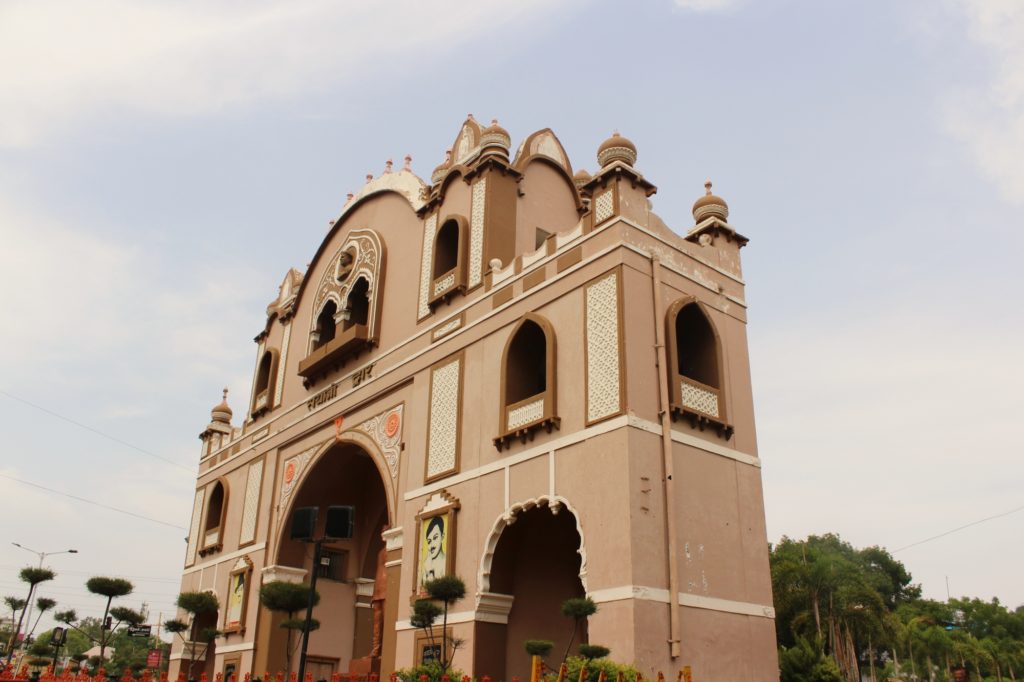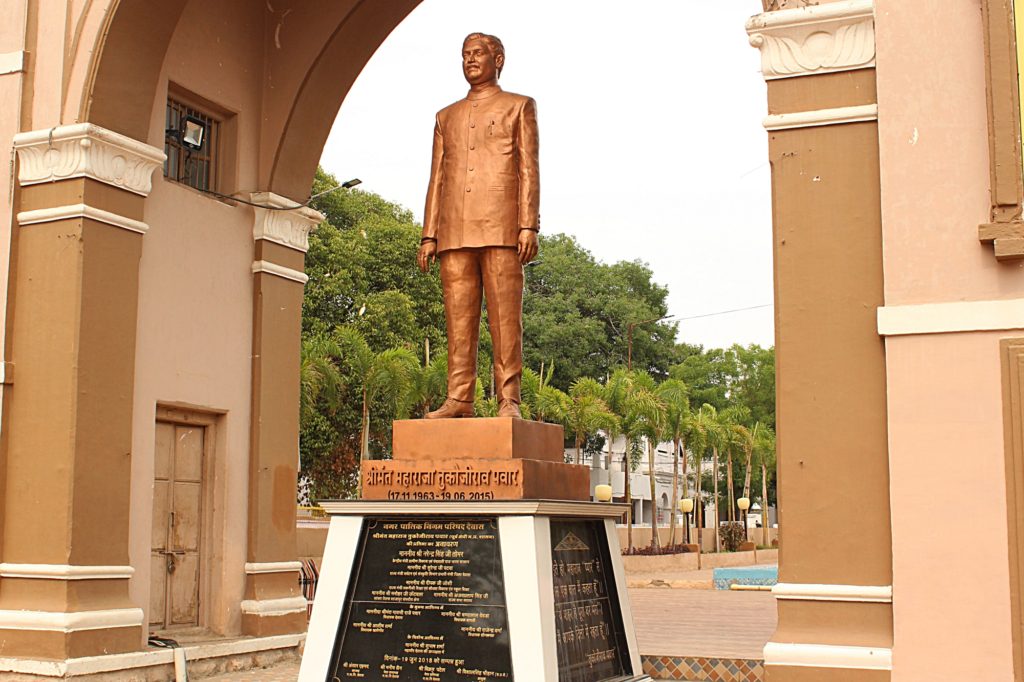6 Best Things to Do in Dewas
Dewas, an 18th-century city perched on the northeastern outskirts of Indore, was founded and ruled by the Puar Maratha clan during the British Raj. Dewas was incorporated into Madhya Bharat, a state that was formed in 1950 when India gained independence. Although the city was named after the Devi Vaishini hill, the name is derived from two terms, Dev and Vas, which indicate “God’s abode.” Over time, Dewas has evolved into an industrialised zone that is well-known for its pilgrimage sites as well as the government bank note press.
Dewas, located on the Malwa plateau’s plain, gently rises to the river Kshipra and the Vindhya Range, providing a magnificent view of the mountains. The best way to see it is to take the recently opened ropeway ride. Despite the fact that the Malwa municipality is a small province, there are numerous attractions to see while you’re here. Continue reading to discover the top 6 Dewas tourist attractions that you may see in a day.
Table of Contents
Mata Ki Tekri
The 300-foot conical hill known as “Mata Ki Tekri,” or Maa Chamunda Ki Tekri, is synonymous with Dewas. The town of Dewas is located at the foot of this hill. The shrine of Chamunda, which is a famous pilgrimage attraction in the region, is located on top of the hill. The temple can be reached in three ways. You can ascend the stone stairs, drive up the sloping hill, or take the ropeway ride that takes you up the hill in four minutes for INR 83 per person.

Devi’s impression is etched into a cave wall inside the temple, which is said to be the goddess’s abode. Devas gets its name from this dwelling! Other accounts claim that the name was derived from Dewasa Bania, the city’s founder. Pay a visit to the Badi Mata or Tulja Bhavani Mata shrines while you’re here.
Historic Sayaji Gate
Sayaji Dwar (Gate) is a historic Dewas landmark built by the Marathas in the 18th century. It, along with the Shukrawaria Gate, Pathan Kuan Gate, and the Nahar Darwaza, is one of the city’s most renowned gateways. Even though the history of the Sayaji Gate is uncertain, kings built these gates to mark the entrance to a city or a fort in ancient times.
As a result, the gates were adorned with unusual topography, lush plantations, armour, and even stone structures. With a respect to the city’s founders, a glorified golden monument of former King Tukojirao Pawar was added to the Sayaji Gate in 2018.
Ropeway Ride Adventure

There is no better way to see Dewas Tekri than from the comfort of a cable car. In addition, the ropeway ride covers a considerable distance in only approximately four minutes, giving you enough time to take in the scenery while still traversing the hill and seeing various temples.
The Pawar Chattries
A visit to the majestic Pawar Chattries is required to appreciate the beauty of Maratha architecture. These Chattries are near Dewas’ Meetha Talab, which exemplifies distinctive Maratha architecture. Chattries, which are colossal in scale, represent the Pawar kings’ lifestyle and suggest an archaic, baroque endeavour that may have bolstered royal pride. When you step inside, you’ll be immersed in a realm of regal splendour.
Keladevi or Kailadevi Temple
The greatest temple in Madhya Pradesh, Kailadevi or Keladevi Temple, is located along AB road and is well worth a visit for its religious beauty. This modern temple was designed by many South Indian artists and built by businessman Mannulal Garg in 1995. A 51-foot-tall statue of Lord Hanuman stands in the temple.
Kheoni Wildlife Sanctuary
The Kheoni Wildlife Sanctuary is located in the Kannod Tehsil of Dewas and has an area of 132 square kilometres. This deciduous forest, which is abundant in Bamboo, Teak, and Tendu, is also home to tigers who are claimed to have moved from Ratapani. Jungle cats, leopards, jackals, hyenas, blackbuck, nilgai, spotted deers, wild boar, Sambar, four-horned antelope, and palm civet are among the other creatures seen in substantial numbers. There are also 125 bird species in the forest, including the Plum-headed parakeet, laughing dove, black drongo, chestnut shouldered Petronia, Eurasian collared dove, and Indian paradise flycatcher, MP’s state bird.





